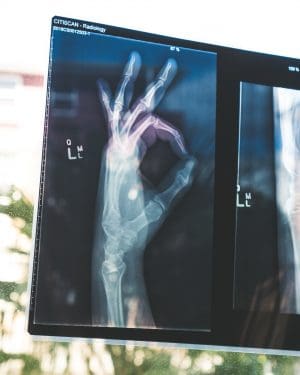-
Happy Holidays from AcceGen! Orders placed during Dec 22–Jan 2 will be processed and shipped after operations resume. Please plan ahead.
Featured Products
- In-Stock Tumor Cell Lines
- Human Orbital Fibroblasts
- Human Microglia
- Human Pulmonary Alveolar Epithelial Cells
- Human Colonic Fibroblasts
- Human Type II Alveolar Epithelial Cells
- Human Valvular Interstitial Cells
- Human Thyroid Epithelial Cells
- C57BL/6 Mouse Dermal Fibroblasts
- Human Alveolar Macrophages
- Human Dermal Fibroblasts, Adult
- Human Lung Fibroblasts, Adult
- Human Retinal Muller Cells
- Human Articular Chondrocytes
- Human Retinal Pigment Epithelial Cells
- Human Pancreatic Islets of Langerhans Cells
- Human Kidney Podocyte Cells
- Human Renal Proximal Tubule Cells
Primary Cells
Explore Products




 Human Osteoclast Precursor Cells (OCPs) are primary cells derived from the monocyte/macrophage lineage of human peripheral blood, bone marrow, or umbilical cord blood. These cells are precursors to multinucleated osteoclasts and are implicated in bone-resorptive diseases such as osteoporosis, rheumatoid arthritis, and multiple myeloma. Following isolation, they are cryopreserved and typically not passaged due to their limited proliferative capacity. OCPs exhibit monocyte-like morphology. Functionally, OCPs express surface markers including CD14, CD11b, CD115, and RANK, with CD16+ subsets showing heightened osteoclastogenic potential in inflammatory conditions. Their differentiation is RANKL-dependent, making them powerful models for studying bone metabolism disorders.
Human Osteoclast Precursor Cells (OCPs) are primary cells derived from the monocyte/macrophage lineage of human peripheral blood, bone marrow, or umbilical cord blood. These cells are precursors to multinucleated osteoclasts and are implicated in bone-resorptive diseases such as osteoporosis, rheumatoid arthritis, and multiple myeloma. Following isolation, they are cryopreserved and typically not passaged due to their limited proliferative capacity. OCPs exhibit monocyte-like morphology. Functionally, OCPs express surface markers including CD14, CD11b, CD115, and RANK, with CD16+ subsets showing heightened osteoclastogenic potential in inflammatory conditions. Their differentiation is RANKL-dependent, making them powerful models for studying bone metabolism disorders.